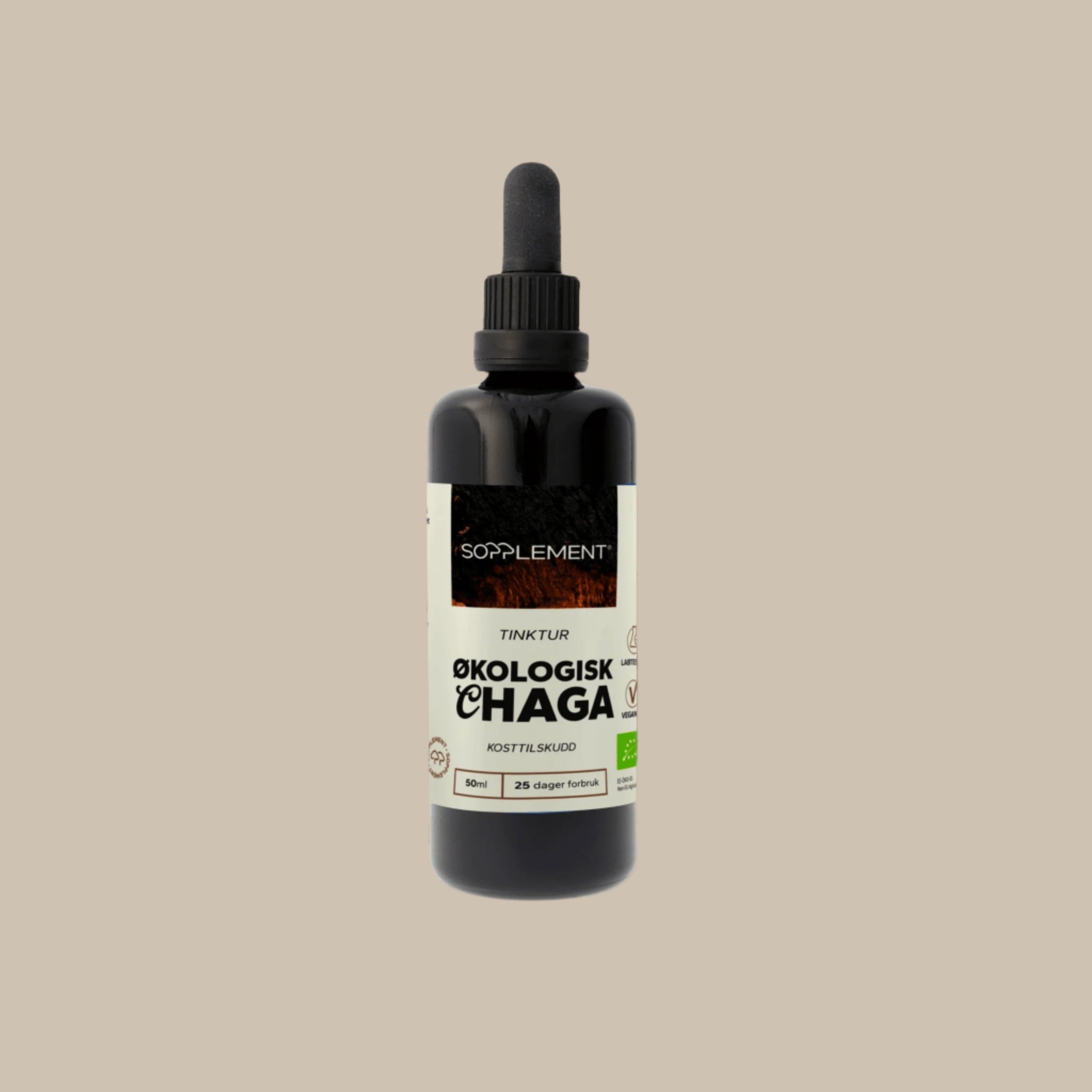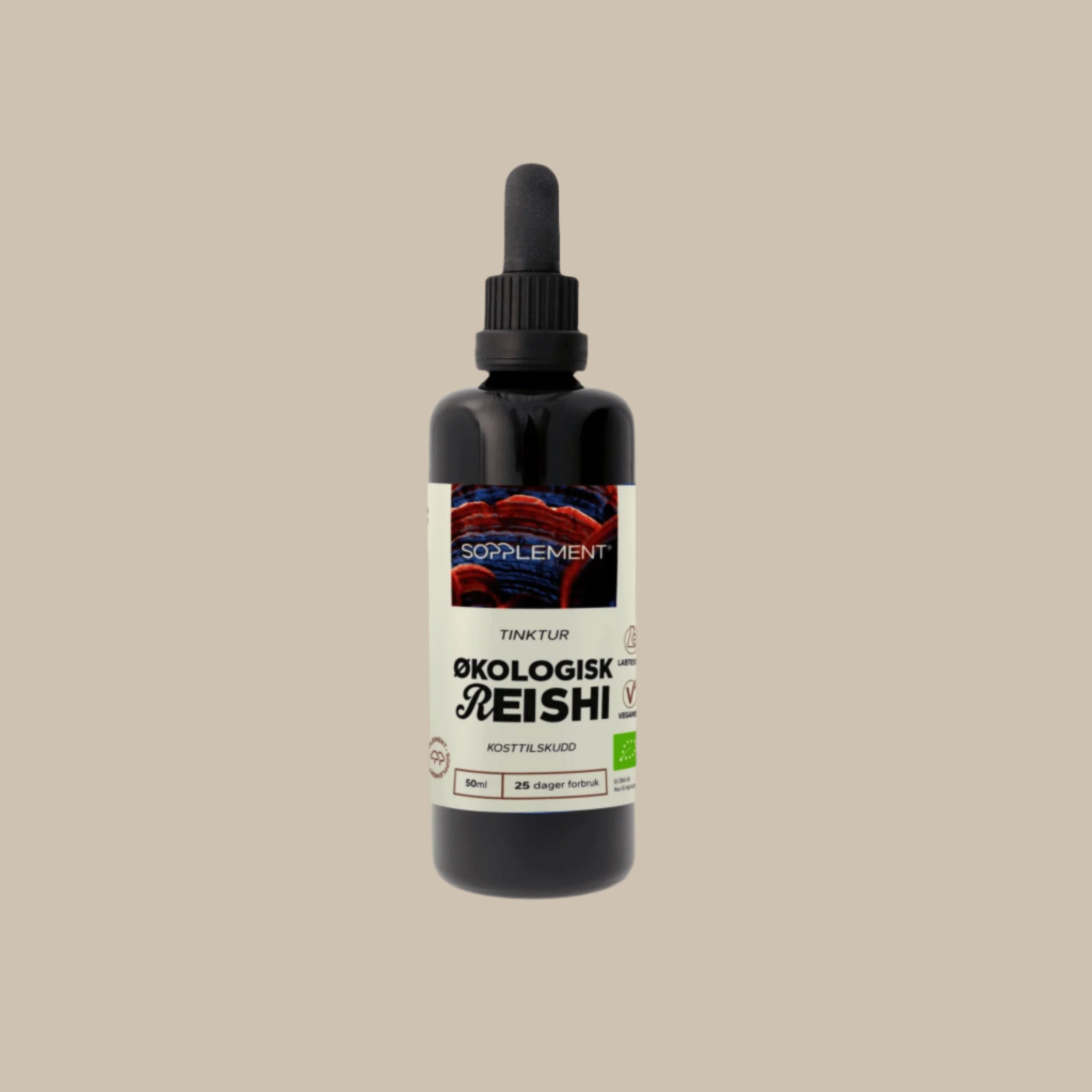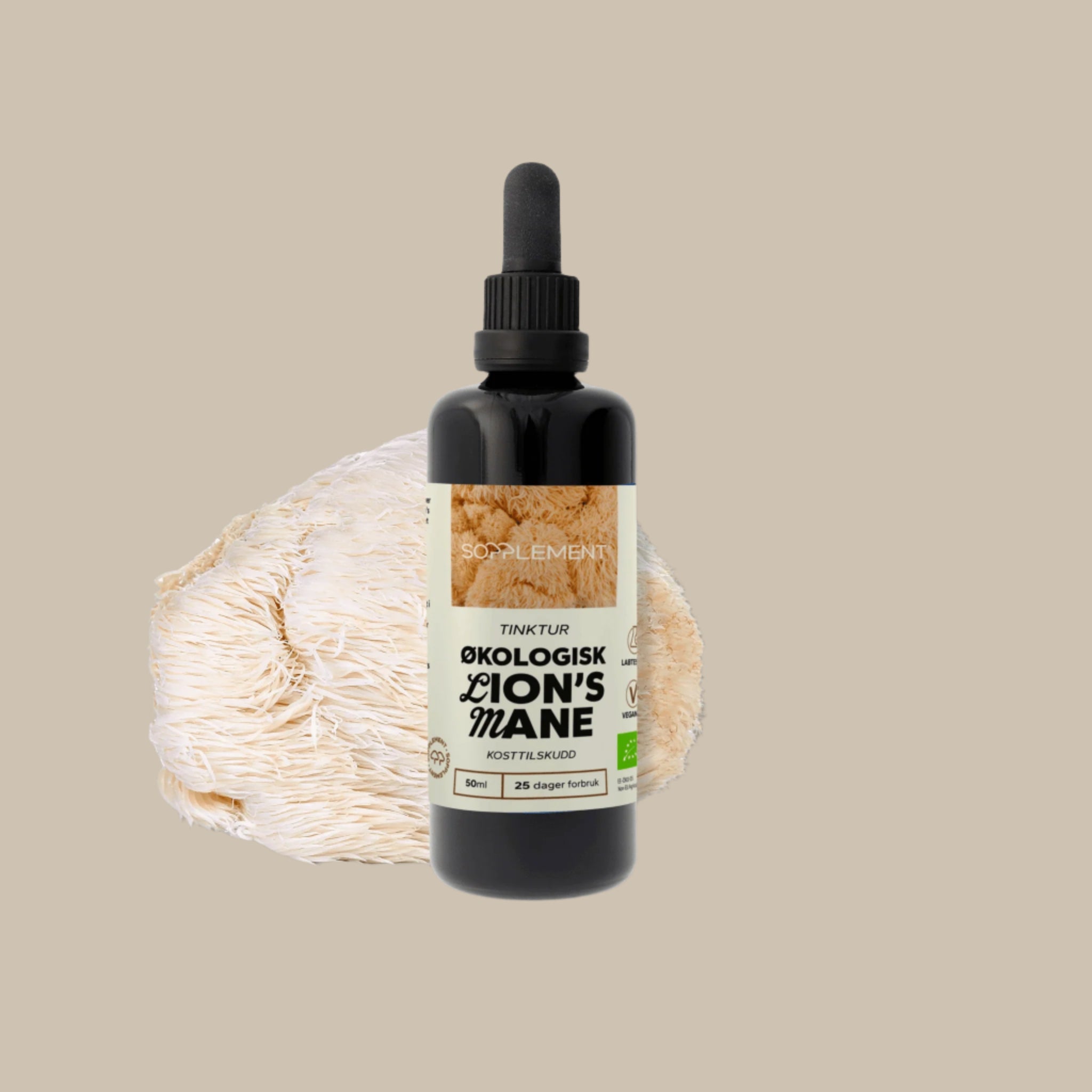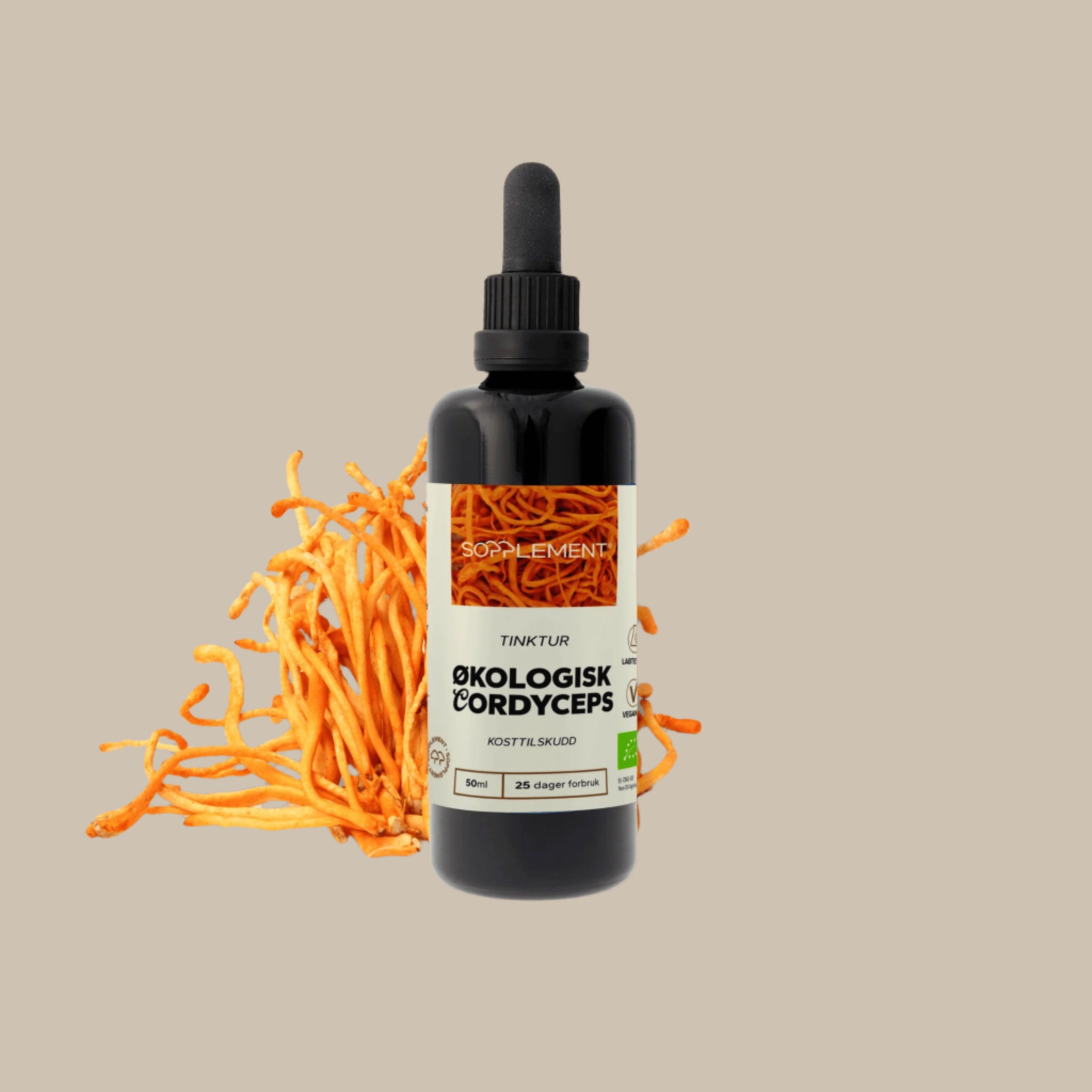
Chaga - nature's most powerful antioxidant?
Chaga grows mainly on birch trees in cold climates, where it forms hard, black growths on the trunk that can resemble charcoal. It is precisely in this outer structure that Chaga's highest concentration of melanin is found - a pigment with powerful antioxidant properties.
What is Chaga?
Chaga (Inonotus Obliquus) is often defined as a parasitic fungus, but alternative descriptions view the relationship between Chaga and birch trees as more symbiotic .
Can the symbiotic relationship be transferred to how Chaga interacts with the human body?
Some researchers propose a more complex interaction where Chaga colonizes already weakened areas of the tree, where the fungus helps slow the invasion of other, more aggressive organisms.
This has led to an alternative theory that in certain cases Chaga protects the tree - the fungus's response to scar tissue or a biological patch.
Traditional Uses of Chaga
Traditional use of Chaga can be traced back to Siberian folk medicine where it was considered a tonic, especially for respiratory and digestive ailments. In Russian herbal medicine, Chaga has been used as a tea to support general health, strengthen the immune system, and calm inflammation.
In Finland and Norway, there are also examples of the use of Chaga in folk medicine, although in Eastern Europe and Asia the documentation is most prominent.
What does Chaga contain?
Bioactive compounds are natural substances with specialized biological functions such as antioxidant and antimicrobial properties. Chaga has a number of bioactive compounds that have received attention in scientific communities:
Beta-glucans and polysaccharides
These complex sugar compounds are known for their immunomodulatory properties . They can stimulate important immune cells such as macrophages and NK cells, helping to balance the immune response.
Phenolic compounds and melanin
Chaga contains high levels of antioxidants , including phenols, flavonoids, and melanin-like pigments. These protect cells from oxidative stress , which is linked to aging and a number of chronic conditions.
A measure of the quality of Chaga products is often the ORAC value (Oxygen Radical Absorbance Capacity), where Chaga scores extremely high.
Triterpenes (incl. betulinic acid and inotodiol)
Chaga absorbs betulin and converts it to betulinic acid from birch bark. These compounds are the subject of research in cell protection , liver health , and anti-inflammatory properties .
What does research say about Chaga?
Most studies on Chaga are preclinical – that is, conducted in a laboratory environment (in vitro) or in animal models. The results so far are promising, but more clinical studies in humans are needed before clear conclusions can be drawn.
Research suggests that Chaga may:
• Regulating immune response through activation of macrophages and cytokines
• Reduce oxidative stress and protect DNA from free radicals
• Inhibit certain inflammatory signaling pathways
• Potentially support liver health and cellular repair
A study published in the Journal of Ethnopharmacology (2004) showed that Chaga extract had antioxidant capacity comparable to commercial antioxidant supplements.
Safe use and quality
Although Chaga is generally considered safe, there are some considerations to take into account:
• It contains oxalates , which can be harmful to people with kidney problems if consumed in very high amounts.
• Raw chaga tea and extracts should preferably be heat-treated or double-extracted for optimal bioavailability.
• The mushroom must be harvested sustainably and tested for heavy metals, since it grows on trees and can accumulate environmental toxins.
Summary
Chaga is a powerful medicinal mushroom with deep roots in northern folk medicine traditions—and a growing place in modern functional nutrition. It is rich in antioxidants and compounds that may support the immune system and protect the body from oxidative stress.
Although research is still developing, much indicates that Chaga represents a unique bridge between nature, tradition and modern understanding of health .



